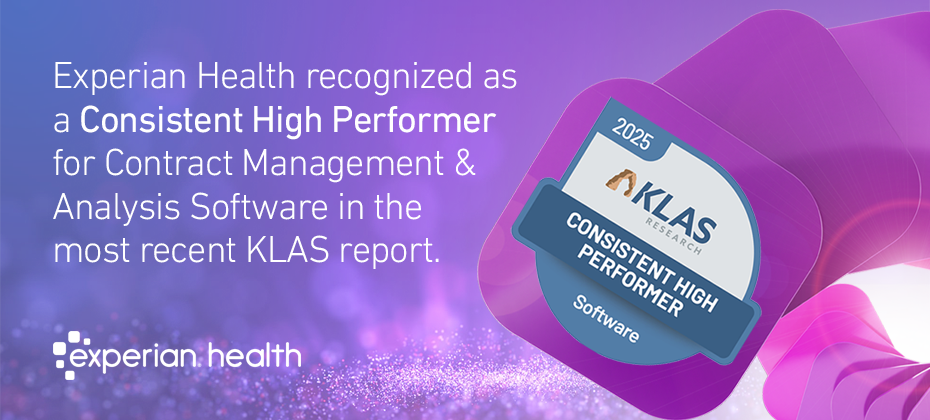
Can providers do anything to reduce the amount of care they give away for free, or has this become a cost of doing business? Declining Medicaid coverage, salary increases that aren’t keeping pace with rising deductibles and confusion over co-payments are creating a perfect storm for uncompensated care. Patients are responsible for a bigger chunk of their healthcare bills, while at the same time finding it harder to pay.
As a result, unreimbursed costs are surging. In health system-owned hospitals, lost revenue jumped from $13.7 million to $15.6 million between 2015 and 2018, while independent hospitals saw losses rise from $4.9 million to $5.8 million in the same period. Not surprising, when more than half of consumers say they’d be unable to pay an unexpected bill of more than $1000.
Reducing bad debt calls for more than a few set-and-forget tweaks to your revenue cycle management. From the moment a patient is admitted, you should be able to see exactly what coverage they have (or don’t have), so you can get them on the right track to devise payment plans, find missing coverage, or screen for financial assistance and charity eligibility.
To save collections teams and patients from a painstaking manual process, more providers are turning to automated data analysis tools. Here are three ways automation can help reduce bad debt, protect your balance sheet and create a better patient experience at the same time:
1. Avoid missed coverage with better screening
Why waste staff time on a treasure hunt for payments and coverage status? If your patient access team can obtain accurate financial data during the admissions process, they’ll be able to confirm active coverage quickly, or screen for Medicaid, charity or other financial assistance. This is increasingly important as the volume and complexity of your collections case mix develops.
Brandon Burnett, Director of Patient Financial Services at Kaiser Permanente Northern California, says:
“Coverage has gotten a lot more complex – patients show up in multiple venues of care and they don’t have their insurance card, or they don’t know what coverage they have… It’s critical that our team has tools they can use to help drive decisions and navigate those patients into the appropriate program.”
Automation allows this to happen more reliably and more efficiently. Burnett says:
“At Kaiser, we’ve implemented the financial assistance screening tools and the patient identity screening tools to help us identify what our members would be able to pay at the point of service, and how we would manage them in the back end if they end up with a patient balance. Before we had these tools, we were really blind as to what our patients were going to be able to pay.”
At Kootenai Health in Idaho, an automated financial clearance tool helped save 60 hours of staff time in eight weeks. With an overall accuracy of 88%, patients were assigned to the most appropriate financial pathway (such as customized payment plans or checking for financial assistance). This helped eliminate the need for unnecessary charity applications and avoiding write-offs – such as the $200,000 bill for one patient, later discovered to be eligible for Veterans’ benefits.
2. Provide more compassionate financial counselling
According to Burnett, “The ultimate goal is to have a positive impact on our patients. Nobody wants to go to hospital. Nobody wants to have surgery. Having solutions which allow decisions both at the point of care and in the pre-service cycle are critical in enabling patients to make decisions.”
When patients are kept in the loop and can be active participants in their healthcare journey, you can work with them to manage their financial obligations in a way that works for them. With data-driven software, you can evaluate their ability to pay so you can offer the most appropriate payment plan and ultimately see fewer amounts written off. Additionally, automated data analytics can help make the whole process more compassionate, allowing you to tailor the way you communicate with patients based on their preferences and offer more convenient ways for them to pay.
3. Reduce manual touchpoints for better use of staff time
The volume of patients applying for charity support is trending up, so it’s important that providers are able to manage the rising numbers of complex cases. Automating the coverage checking and clearance process can help reduce pressure on staff, minimize errors and increase productivity. They’ll be able to focus their attention where it’s needed most, and you can cut your reliance on external vendors.
The scale of the challenge means providers need to think about a completely different way of working. It’s not enough to paper over existing processes.
As Burnett says:
“You can’t take a solution and put it over an old process. Part of the enhancements with this technology is being able to evaluate your current workflows. That’s where the real power is – in the cost savings and the time savings. If you take an updated process along with the updated technology, that’s when you get maximum results.”
Automated tools can help by giving you the necessary data insights to improve your workflows and processes, while integrating cutting-edge technology for more efficient and accurate patient screening.
Find out more about how Coverage Discovery and Patient Financial Clearance could help your organization reduce bad debt and offer a more compassionate patient financial experience.


